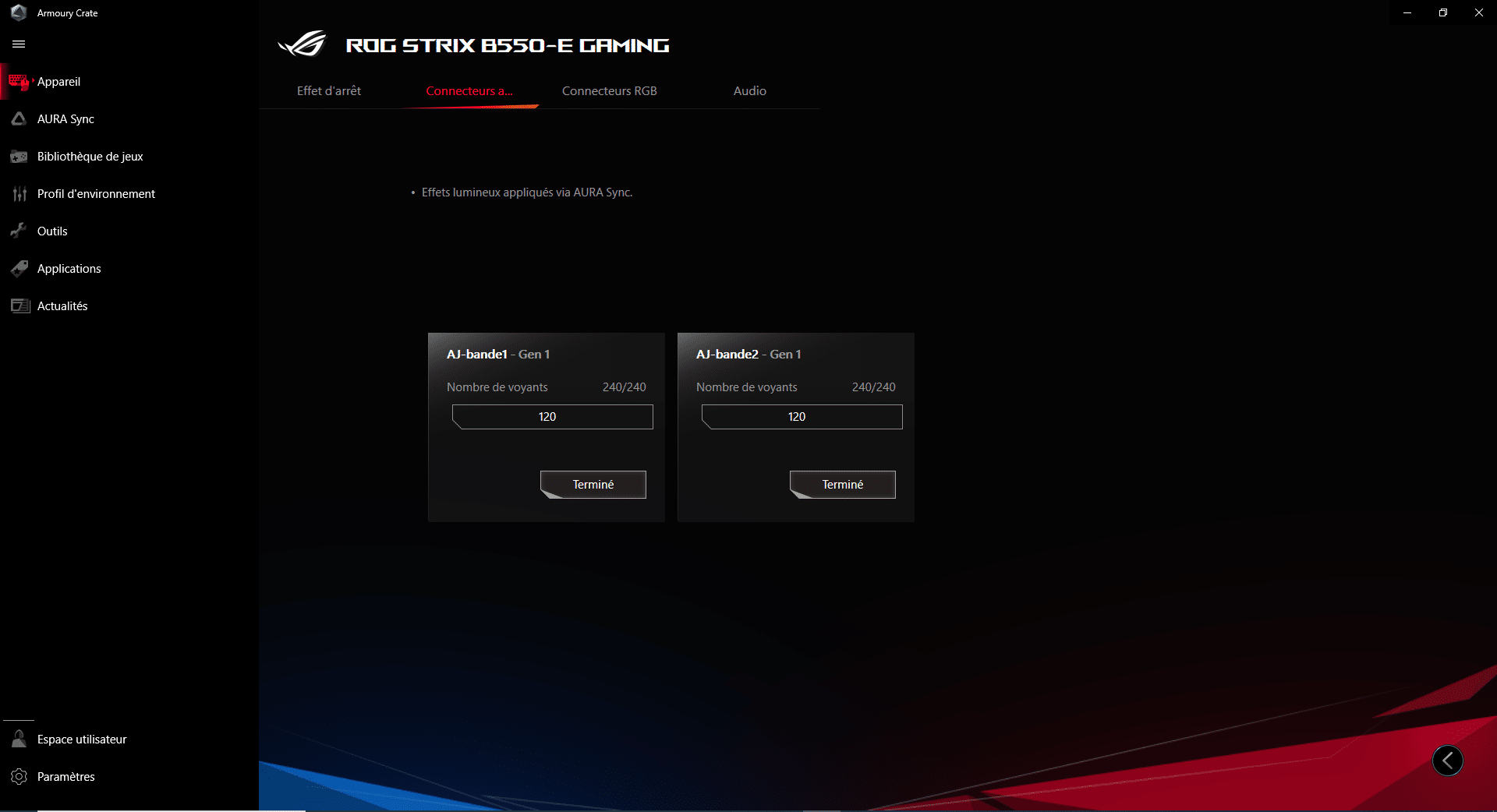

Close the wizard and perform a system reboot to allow changes to take effect. Read EULA (End User License Agreement) and agree to proceed with the installation process. Allow Windows to run the file (if necessary). Locate and double-click on the available setup file. Unzip the file and enter the newly-created directory. Save the downloadable package on an accessible location (such as your desktop). To install this package please do the following: Even though other OSes might be compatible as well, we do not recommend applying this release on platforms other than the ones specified. If it has been installed, updating (overwrite-installing) may fix problems, add new functions, or expand existing ones. This package contains the files needed for installing the ARMOURY CRATE Service Utility. Security: Kensington lock, fTPM (Firmware-based Trusted Platform Module) Keyboard: Chiclet keyboard with isolated numpad key Solid state drive: 128GB/256GB/512GB PCIe Gen3 SSD Hard drive: 1TB 5400 rpm SSH or SSH-8GB We are going to see next on how to monitor hardware temperature.- Processor: AMD Ryzen 7 3750H or Ryzen 5 3550H Processor It will be easier to see the performance of these tools if you monitor your computer’s temperature. But you can try each one of them one by one to see which one works the best for you. I usually install TLP along with CPUfreq. Out of the four tools mentioned, which one should go with? Answer differs from person to person. I think it should not conflict with thermald and Laptop Mode Tools as well (if you install them as well). Last I know, CPUfreq doesn’t conflict with TLP. When installed, just choose the power saver mode from the indicator applet. To install CPUfreq in Ubuntu based Linux distributions, use the following command: sudo apt-get install indicator-cpufreq The tool is easy to use thanks to its indicator applet in Ubuntu. Running the laptop in Power Saver mode reduces overheating. There are three modes, performance, on demand and power saver. With CPUfreq, you can choose the mode you want the laptop to run in. From Point 4 from Most Effective Ways To Reduce Laptop Overheating In Linux - It's FOSS:


 0 kommentar(er)
0 kommentar(er)
